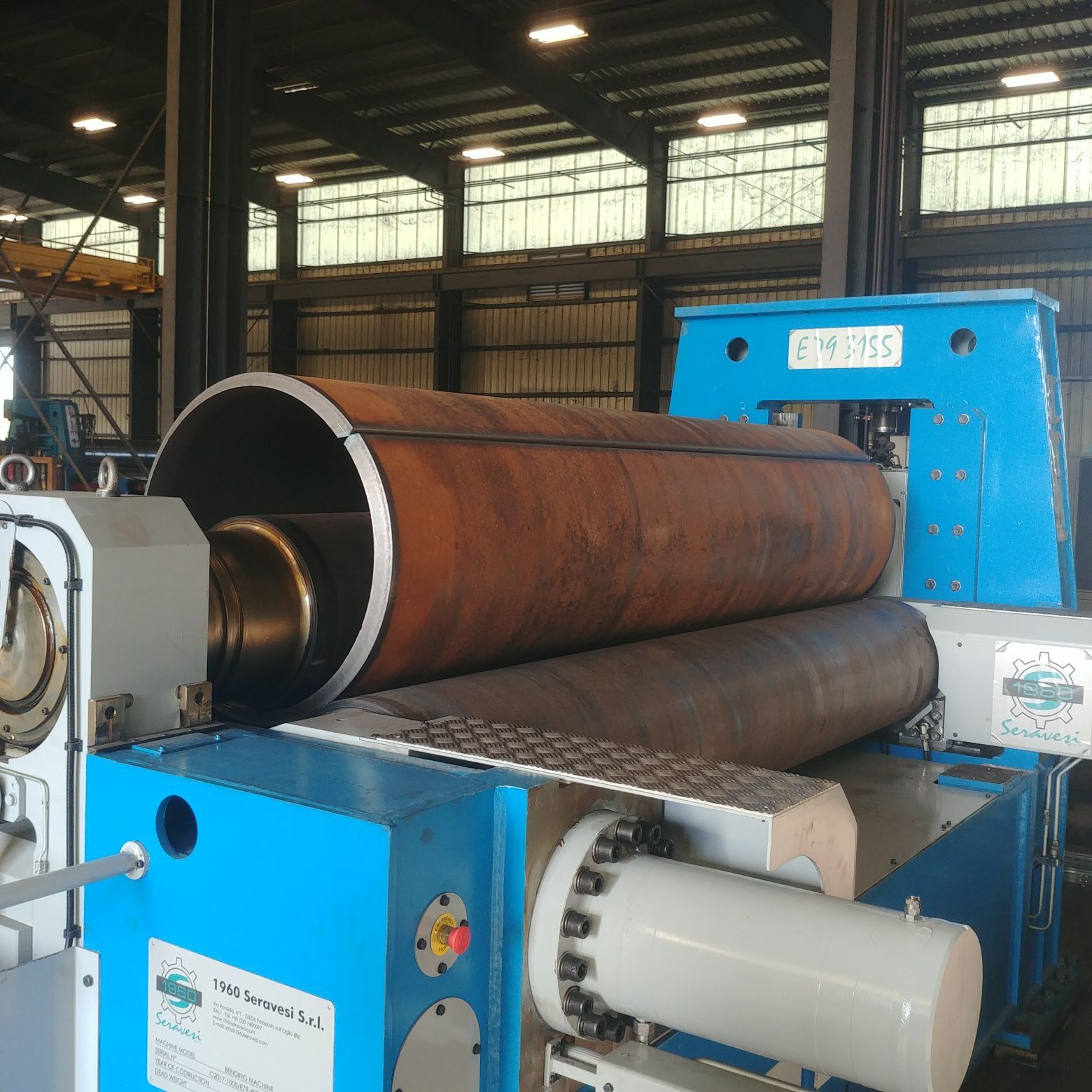
The 3 roll plate bending machine is a powerful tool in the metal fabrication world, but its efficiency depends largely on the skill and knowledge of its operator. Even as machines become increasingly automated, the human factor remains crucial in ensuring optimal performance, safety, and product quality. This article explores the various aspects of operator training, certification, best practices, and safety protocols related to mastering the 3 roll plate bending machine.
Understanding Operator Roles on a 3 Roll Plate Bending Machine
Operating a 3 roll plate bending machine requires a nuanced understanding of both the machine’s mechanics and the behavior of various metals under pressure. Operators must read and interpret design drawings, prepare materials, and control the roller settings to achieve desired curvatures.
Though many modern machines feature programmable CNC systems, the operator still plays a vital role in adjusting settings for different materials, recognizing defects, and ensuring accuracy. For instance, materials like stainless steel require different pressure levels and handling techniques than aluminum or carbon steel. Experienced operators can compensate for material inconsistencies, ensuring uniform bends and reducing waste.
Training Programs for the 3 Roll Plate Bending Machine
Formal training is essential for operators to become proficient in using the 3 roll plate bending machine. Technical institutes, machine manufacturers, and in-house training programs often offer specialized courses that cover everything from machine setup to advanced bending techniques.
These training sessions typically include hands-on experience, allowing trainees to work with actual machines under supervision. Topics may range from reading material blueprints and understanding bend radii to calibrating the rollers and troubleshooting errors. Some courses also incorporate digital simulation software that mimics real-world bending scenarios, giving learners additional practice in a risk-free environment.
Refresher training is equally important, particularly as newer, more sophisticated machines enter the market. Ongoing education ensures operators remain up to date with the latest safety protocols, technological features, and industry regulations.
Best Practices for Efficient Use of a 3 Roll Plate Bending Machine
Efficiency on the shop floor comes down to preparation and process discipline. Operators should begin with a detailed inspection of the machine, ensuring that all components—especially the rollers—are clean, aligned, and in good working order. Even minor issues like uneven lubrication can lead to flawed bends.
Next, accurate material preparation is critical. Sheets must be measured, deburred, and correctly positioned between the rollers. Trial runs on scrap materials are often used to validate settings before starting production on actual workpieces. Operators should monitor each pass through the rollers, watching for signs of slippage, deformation, or uneven curvature.
Effective communication between team members, especially in large-scale operations, is another best practice that supports workflow efficiency. Documenting settings for repeat jobs also helps reduce setup time in future production cycles.
Safety Measures in the 3 Roll Plate Bending Machine Process
Despite being a staple of fabrication shops, the 3 roll plate bending machine poses inherent risks if not handled properly. Operators must strictly adhere to safety protocols, beginning with the use of personal protective equipment (PPE) such as gloves, eye protection, and steel-toed footwear.
Lockout/tagout procedures should be in place to prevent accidental machine startups during maintenance or setup. Emergency stop features and modern safety sensors are built into newer machines but must be tested regularly to ensure functionality.
Training should also cover ergonomic practices to prevent long-term injuries. Tasks like feeding large plates into the rollers or removing heavy finished components can be physically demanding, so proper lifting techniques and the use of mechanical aids are encouraged.
Operator Certification and Career Pathways for 3 Roll Plate Bending Machines
Certification not only validates an operator’s skill but also opens doors to more advanced roles within the manufacturing sector. Many companies prefer or require certification from recognized institutions, particularly when working with high-value or safety-critical components.
Certified operators often find greater job stability and better pay, as they are trusted with more complex or sensitive tasks. Some even move into supervisory or training roles, guiding new operators and overseeing quality control processes. In sectors like aerospace, shipbuilding, or renewable energy, certified 3 roll plate bending machine operators are in particularly high demand due to the complexity and precision required.
Mastering the 3 roll plate bending machine requires a combination of hands-on experience, technical knowledge, and ongoing training. Operators who follow best practices, prioritize safety, and pursue certification are better equipped to maximize the machine’s potential. As metal fabrication becomes increasingly specialized, skilled operators will remain essential to maintaining high standards of production and innovation.
